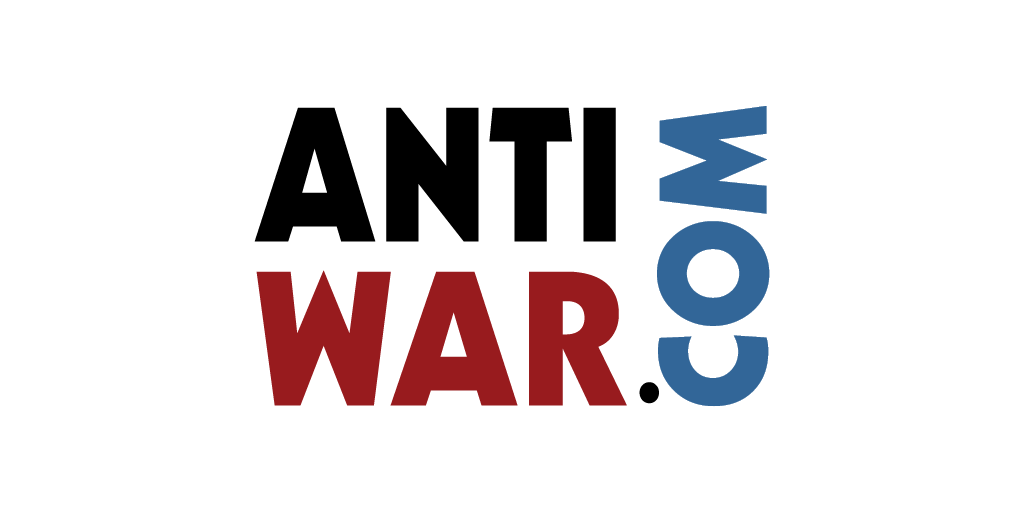"Freedom or Death!"
Wed Mar 22, 2006
"Freedom or Death!"
No, we aren't talking here about Iraq. Rather, for those of you who can spare some time to consider an earlier disastrous Western intervention of sorts, I present the sixth in Balkanalysis.com's ten-part series on Western meddling in Macedonia, which went down some 100 years ago. However, despite the amount of time that has passed, the ramifications of this long-gone intervention are still being felt today.
Wednesday's installment, entitled "The Bloody Road from Krusevo to Mürzsteg," marks the beginning of the "good stuff." From here on out to the end of the month, we examine in detail the structural flaws and tactical failures that caused the Mürzsteg Reform Programme- an operation eerily reminiscent of today's UN presence in neighboring Kosovo- to fail, amidst an increasingly bloody backdrop of civil insurrection and brutal state clampdowns.
Here's the intro:
"...In the energized manifesto he delivered following the creation of the first republic in the history of the Balkans, at Krusevo, revolutionary President Nikola Karev declared:
‘Freedom or Death’ is written on our foreheads and on our blood-stained banner. We have already raised that banner and there is no way back.'
It was a grim prediction. On August 2, 1903, what would become known as the Ilinden uprising began. The Turks had prepared 150,000 troops in the Macedonian vilayets, arranged in 175 battalions, in anticipation of the rebellion. Parts of the Strandzha Mountains in Bulgaria and several Macedonian villages and towns were taken by the rebels, who euphorically proclaimed a republic in the most important one, Krusevo, on August 3. Yet it was to end more like the massacre at Crete’s Arkadi Monastery in 1866 than as some triumphant liberation.
After only 10 days the Turkish forces retook the town, killing over 100 civilians. In a show of unprecedented savagery, they burned 366 houses and 203 stores, with over 700 houses pillaged and looted, according to Nadine Lange-Akhund’s The Macedonian Question. Christian women were violated, and their fingers and ears were cut off to retrieve the jewelry. In the aftermath of the revolt, the hills and valleys of Macedonia were bathed in blood. 201 Macedonian villages were burned down by the Turkish forces, 12,400 houses were pillaged, 4,694 people were killed, 70,835 people were left without shelter, and 30,000 refugees fled to Bulgaria. Villagers fleeing to the mountains starved on a diet of grass, and disease took a heavy toll also. The Macedonian fighters had achieved no freedom, but a lot of death."
Wed Mar 22, 2006
"Freedom or Death!"
No, we aren't talking here about Iraq. Rather, for those of you who can spare some time to consider an earlier disastrous Western intervention of sorts, I present the sixth in Balkanalysis.com's ten-part series on Western meddling in Macedonia, which went down some 100 years ago. However, despite the amount of time that has passed, the ramifications of this long-gone intervention are still being felt today.
Wednesday's installment, entitled "The Bloody Road from Krusevo to Mürzsteg," marks the beginning of the "good stuff." From here on out to the end of the month, we examine in detail the structural flaws and tactical failures that caused the Mürzsteg Reform Programme- an operation eerily reminiscent of today's UN presence in neighboring Kosovo- to fail, amidst an increasingly bloody backdrop of civil insurrection and brutal state clampdowns.
Here's the intro:
"...In the energized manifesto he delivered following the creation of the first republic in the history of the Balkans, at Krusevo, revolutionary President Nikola Karev declared:
‘Freedom or Death’ is written on our foreheads and on our blood-stained banner. We have already raised that banner and there is no way back.'
It was a grim prediction. On August 2, 1903, what would become known as the Ilinden uprising began. The Turks had prepared 150,000 troops in the Macedonian vilayets, arranged in 175 battalions, in anticipation of the rebellion. Parts of the Strandzha Mountains in Bulgaria and several Macedonian villages and towns were taken by the rebels, who euphorically proclaimed a republic in the most important one, Krusevo, on August 3. Yet it was to end more like the massacre at Crete’s Arkadi Monastery in 1866 than as some triumphant liberation.
After only 10 days the Turkish forces retook the town, killing over 100 civilians. In a show of unprecedented savagery, they burned 366 houses and 203 stores, with over 700 houses pillaged and looted, according to Nadine Lange-Akhund’s The Macedonian Question. Christian women were violated, and their fingers and ears were cut off to retrieve the jewelry. In the aftermath of the revolt, the hills and valleys of Macedonia were bathed in blood. 201 Macedonian villages were burned down by the Turkish forces, 12,400 houses were pillaged, 4,694 people were killed, 70,835 people were left without shelter, and 30,000 refugees fled to Bulgaria. Villagers fleeing to the mountains starved on a diet of grass, and disease took a heavy toll also. The Macedonian fighters had achieved no freedom, but a lot of death."







Comment